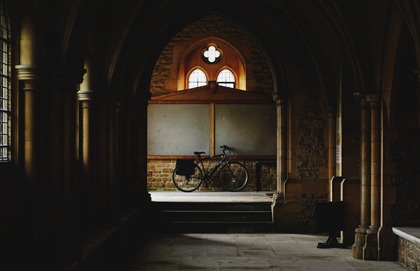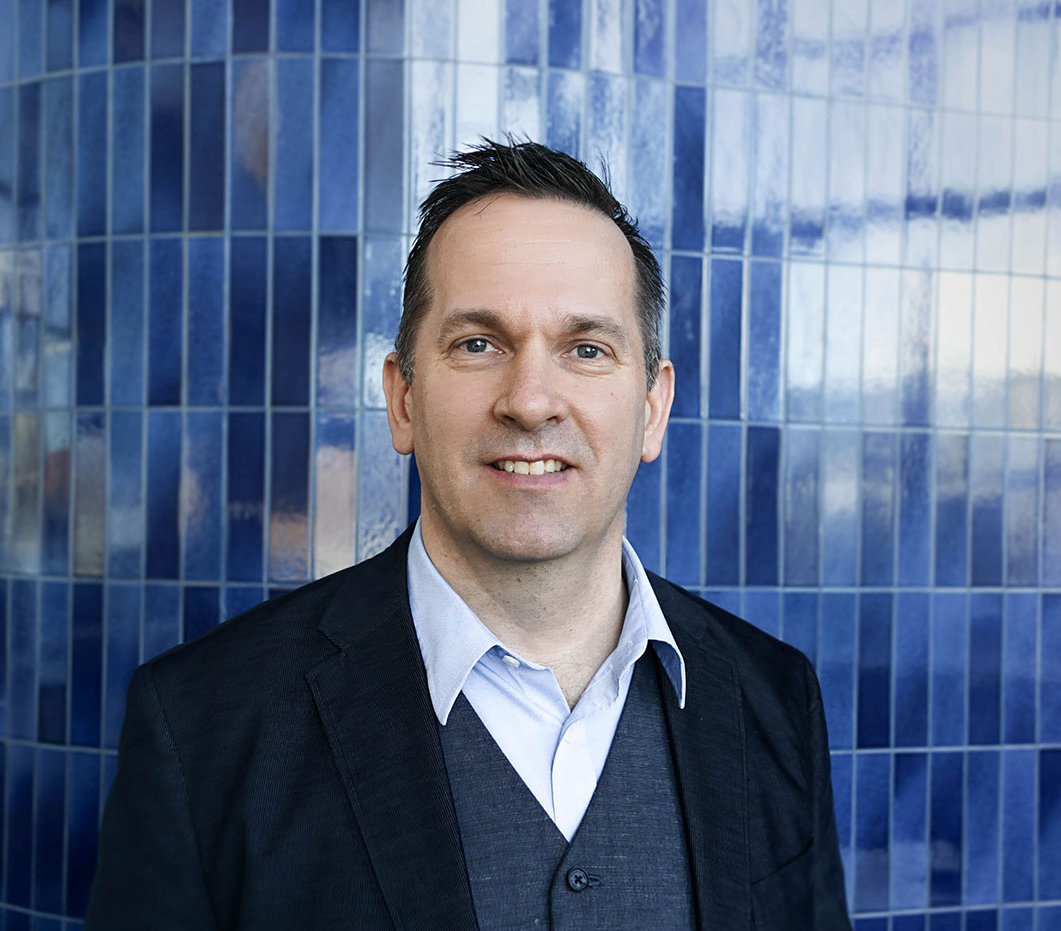Our landscape, literal and figurative, is full of institutions. Mostly, we accept their existence without a second thought. From time to time they may try and impress us (see Maclean's new Canadian university rankings) or unwittingly enrage us (try getting statistics from your local government), but mostly they just pass unnoticed.
But where do these odd creatures come from? I fell to pondering this while watching this TED talk about an approach to hyper-local education in India called Barefoot College. It's a well-known case, but what I'm interested in are the design elements that were involved in founding it, the conditions of its birth. Institutions represent densities of people, resources, ideas, buildings, pipes, wires, paper, and so on. The founders of Barefoot College decided to orchestrate these densities by utilizing local resources: grow the institution from the resources that are right around it. They've been running since 1972.
Within the confines of this post, I'll offer a second example on the other side of the spectrum since it also deals with educational institutions. The Oprah Winfrey Leadership Academy for Girls exists because Oprah donated somewhere around $40M to start the school. Something similar happened when the Perimeter Institute was established by Mike Lazaridis and company in Waterloo: major money was donated to offer a 'start big' approach.
There is a great deal to reflect on in considering these cases but I will limit myself to just a few points.
First, it is important to consider what kind of problem a given institution is a solution for. If local people have no access to education and nowhere to collect and share their knowledge, then establishing a college that grows from that local soil by using local resources makes sense. If you want to build a "world-class institute devoted to theoretical physics" you are not likely to succeed in that effort by incrementally shoring up the local knowledge of a rural area—you may only succeed by going big right from the start.
Second, these are only a couple of possible start modes amid a landscape of highly-varied institutional birthing practices. We will benefit from attending to the nuances in between these two types.
Third, while there have always been people who pay attention to such things, I would suggest that the birth and death of institutions is something we're likely to see more of in the coming years. With increased densities occurring through urbanization, institutional forms and dynamics are important to watch. Becoming more conscious of these iterations will benefit all of us in our search to provide lasting solutions to the challenges we face.
Do you have any institutional birth stories to share? Birthing stories are, in certain family circles, uncomfortably detailed. Perhaps we can introduce a new twist on that cultural habit, but talking of institutional birth?





